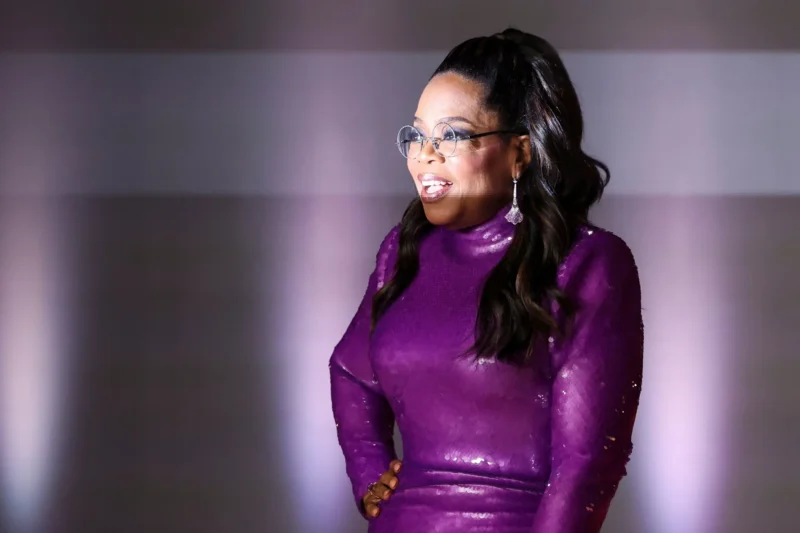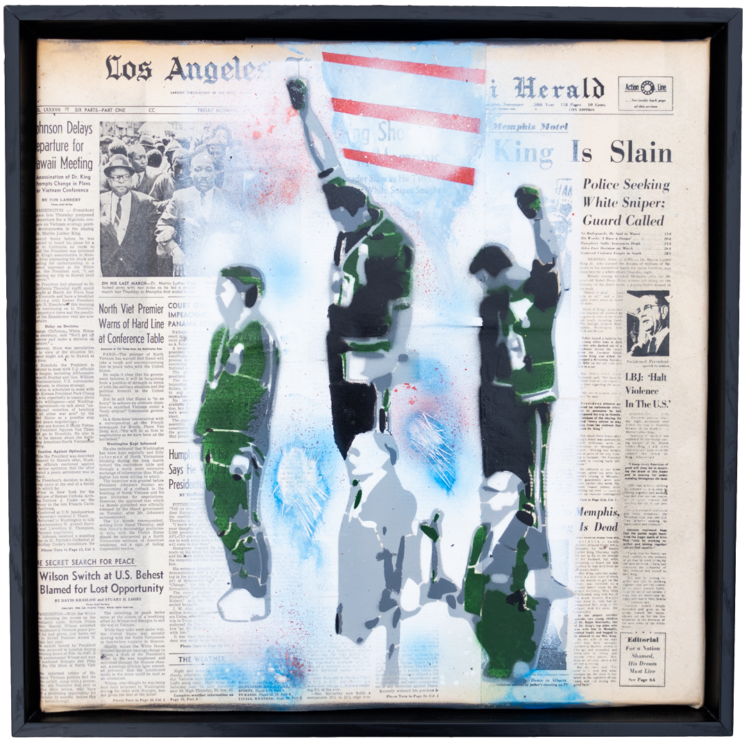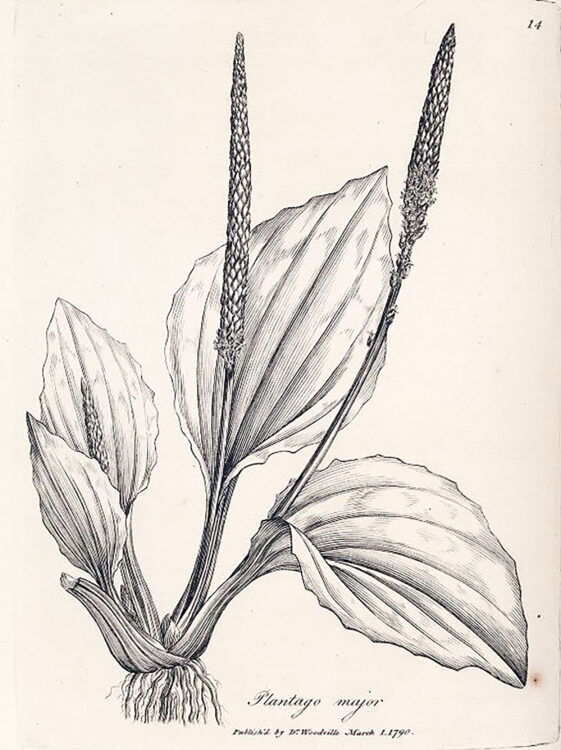Oprah, Ozempic and Us
Share
Explore Our Galleries
Breaking News!
Today's news and culture by Black and other reporters in the Black and mainstream media.
Ways to Support ABHM?
By Tressie McMillan Cottom, The New York Times

Oprah’s back and she wants to talk about losing weight. Again. On Monday, Oprah’s ABC special, “Shame, Blame and the Weight Loss Revolution,” promised to answer some of the biggest questions around the new weight-loss drugs. The special was, as we call it in academia, a rich text. There were layers of history, with both Oprah and the intellectual history of bodies in pop culture. But, viewed at a distance and as a whole, the one-hour program was above all a harbinger of how the weight-loss industry is rebranding: obesity is a disease, and — for the first time — it’s not your fault.
From the special’s outset, Oprah made the story about GLP-1 receptor agonists — Ozempic, Wegovy, Mounjaro — a retelling of her own struggle with weight. Of course the public noticed last year when a remarkably thin Oprah emerged on red carpets. There was rampant speculation that she was on Ozempic. While Oprah never names which brand of GLP-1 she is taking, she confirmed again in this show that she is on a weight-loss drug.
That’s Oprah’s trademark: turning big political questions into a personal narrative of freedom and triumph. And it is this special’s raison d’être. Over and over again, deft production turns the thorny issue of weight-loss medicalization into (admittedly compelling) personal stories. But personal stories about prom dresses and self-esteem distract viewers from the inequality of obesity treatments that risk becoming luxury cosmeceuticals. […]
In the 1980s, most of the Black women on television were either fair-skinned beauty queens like Vanessa Williams or darker-complexioned mother figures like Nell Carter. Oprah was not a thin beauty queen, but she also wasn’t the help. Engaging, articulate, and utterly in control, Oprah embodied possibilities. Along the way, she also introduced a new language about bodies. They could be sites of struggle and changing them could become a public ritual. The show’s 25-year run became a cultural textbook for remaking one’s self as Oprah lost weight, gained weight, pivoted from “skinny” to “fit” and took us along for every part of the ride.
Learn about other notable Black women in our virtual exhibit galleries.
Find more Breaking News here.



Comments Are Welcome
Note: We moderate submissions in order to create a space for meaningful dialogue, a space where museum visitors – adults and youth –– can exchange informed, thoughtful, and relevant comments that add value to our exhibits.
Racial slurs, personal attacks, obscenity, profanity, and SHOUTING do not meet the above standard. Such comments are posted in the exhibit Hateful Speech. Commercial promotions, impersonations, and incoherent comments likewise fail to meet our goals, so will not be posted. Submissions longer than 120 words will be shortened.
See our full Comments Policy here.